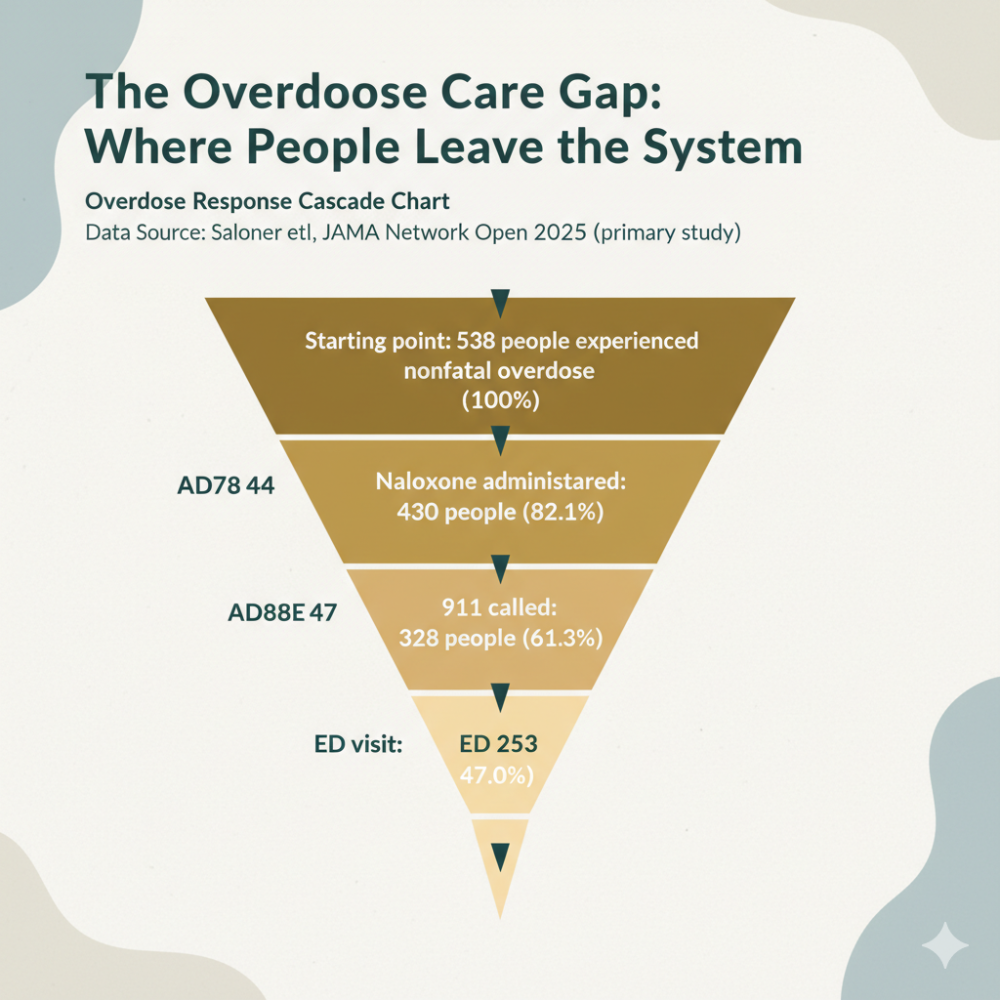The Dangers of Combining Pregabalin (Lyrica) and Tramadol
The intricate web of medication interactions can sometimes catch patients unaware, and the combination of Pregabalin and Tramadol is one such interaction that demands significant attention. Both of these drugs, while useful in their own right, can lead to life-threatening situations when combined without careful monitoring.
Understanding Pregabalin (Lyrica)
Pregabalin works by binding to specific parts of nerve cells in the brain and spinal cord. Its action reduces the release of neurotransmitters that can excite other nerve cells, allowing it to calm overactive nerves and subsequently relieve pain or seizures.
Pregabalin is frequently prescribed for a variety of conditions. It’s commonly used for neuropathic pain, which results from damaged nerves, such as in diabetic neuropathy or postherpetic neuralgia after a shingles outbreak. Additionally, it serves as an adjunctive therapy for adults with partial seizures, aiding in reducing the frequency and severity of these episodes. Pregabalin is also beneficial for some fibromyalgia patients, providing relief from widespread musculoskeletal pain. Because of its calming effects on the nervous system, it has been used as an off-label treatment for generalized anxiety disorder (GAD).
Prolonged consumption of Pregabalin can lead to dependence. This means that abruptly discontinuing its use might result in withdrawal symptoms. For this reason, any decisions about changing the usage pattern of Pregabalin should be made in consultation with a healthcare professional.
Pregabalin, while highly effective for various conditions, should be administered with caution. As with any therapeutic drug, its benefits should always be weighed against any potential risks and interactions.
Side Effects of Pregabalin
Pregabalin is a medication that offers therapeutic relief for several neurological conditions. However, as with many pharmaceuticals, it comes with a range of potential side effects. Understanding these side effects can help patients use the drug safely and seek timely medical attention if needed.
Common Side Effects:
While these side effects might be a cause for discomfort, they’re often not severe and might dissipate over time. Inform your doctor if they persist or become bothersome:
- Tiredness
- Dizziness
- Headache
- Dry mouth
- Nausea and vomiting
- Constipation
- Gas and bloating
- Elevated or “high” mood
- Speech problems
- Difficulty concentrating or paying attention
- Forgetfulness
- Anxiety
- Lack of coordination
- Loss of balance or unsteadiness
- Uncontrollable shaking or jerking of body parts
- Muscle twitching
- Weakness
- Increased appetite and weight gain
- Back pain
Serious Side Effects:
If you experience any of the following side effects, they could indicate a more serious issue, and you should call your doctor immediately:
- Unusual Bleeding or Bruising
- Changes in eyesight, including blurred or double vision
- Skin reactions such as hives, rash, itching, or blisters
- Swelling in various parts of the body, including the eyes, face, throat, mouth, lips, gums, tongue, head, neck, arms, hands, feet, ankles, or lower legs
- Respiratory problems, including shortness of breath or wheezing
- Muscle issues, like pain, tenderness, soreness, or weakness, especially if accompanied by a fever
- Chest pain
- Severe breathing issues marked by bluish-tinged skin, lips, or fingernails; confusion; or extreme sleepiness
For diabetic patients, it’s crucial to be aware that pregabalin has caused skin sores in animals. Therefore, if you’re taking pregabalin and have diabetes, pay special attention to your skin. Inform your doctor immediately if you notice any sores, redness, or other skin problems.
Remember, Pregabalin might cause other side effects not listed here. Always communicate with your healthcare provider about any unusual symptoms or concerns while taking the medication.
Understanding Tramadol
Tramadol is an opioid analgesic, a class of drugs that act on the central nervous system to provide relief from moderate to severe pain. Over the years, it has become a commonly prescribed medication for various painful conditions. Here’s an in-depth look into Tramadol:
Tramadol works in a dual-action manner. Primarily, it binds to the μ-opioid receptors in the brain, producing analgesic effects similar to other opioids. Additionally, it affects the reuptake of neurotransmitters like serotonin and norepinephrine, contributing to its pain-relieving properties.
Tramadol is often prescribed for:
- Acute pain, such as that following surgery or injury.
- Chronic pain conditions like osteoarthritis.
As with many opioids, prolonged or inappropriate use of Tramadol can lead to dependence. Over time, patients may require larger doses to achieve the same level of pain relief, leading to an increased risk of overdose. Moreover, suddenly stopping the drug can result in withdrawal symptoms. Thus, it’s crucial to use Tramadol under the strict guidance of a healthcare professional.
Tramadol has a potential for drug interactions. Combining it with other central nervous system depressants, such as alcohol or certain medications like benzodiazepines, can amplify the depressive effects, leading to respiratory distress or even death. It is also contraindicated in certain conditions or with specific drugs, emphasizing the need for patients to provide a comprehensive list of all medications and supplements they are taking to their healthcare providers.
While Tramadol is an effective pain management tool, it’s essential to use it responsibly and be aware of its potential side effects and interactions. As with any medication, a well-informed patient in collaboration with a knowledgeable healthcare provider can ensure the maximum therapeutic benefit while minimizing risks.
Side Effects of Tramadol
Tramadol, an opioid analgesic, is used to manage moderate to severe pain. Like all medications, Tramadol can cause side effects, ranging from mild to severe. Being aware of these side effects can help patients recognize potential issues early and seek appropriate medical care.
Common Side Effects:
These side effects might be bothersome, but are usually not severe. However, if they persist or become more pronounced, it’s essential to consult your doctor:
- Sleepiness
- Headache
- Nervousness
- Uncontrollable shaking of a part of the body
- Mood changes
- Heartburn or indigestion
- Dry mouth
Serious Side Effects:
If you experience any of the following symptoms, they may indicate a more serious reaction to the medication. Seek immediate medical attention or call your doctor right away:
- Skin reactions, including hives, rash, and blisters
- Hoarseness or changes in the voice
- Difficulty swallowing or breathing
- Chest pain
- Swelling of various parts, such as the eyes, face, throat, tongue, lips, hands, feet, ankles, or lower legs
- Mental symptoms like agitation, hallucinations, confusion, or mood changes
- Physical symptoms like fever, sweating, fast heartbeat, shivering, severe muscle stiffness, twitching, loss of coordination
- Digestive problems like nausea, vomiting, or diarrhea
- Systemic symptoms such as fatigue, weakness, dizziness, restlessness, irritability, muscle weakness, cramps, or spasms
- Metabolic disturbances leading to hunger, headache, sweating, uncontrollable shaking, irritability, or difficulty concentrating
- Loss of consciousness
- Seizures
For any side effects not mentioned here or if you’re unsure about a symptom’s relation to Tramadol, it’s always a good idea to consult with a healthcare provider. Proper understanding and vigilance can ensure safe and effective use of the medication.
Risks of Mixing Pregabalin and Tramadol
One of the major concerns when combining Pregabalin with narcotic pain or cough medications like Tramadol is the risk of central nervous system (CNS) depression. CNS depression refers to a slowdown of the brain’s activity, which can manifest in a variety of ways, ranging from mild drowsiness to severe respiratory distress. In its most extreme cases, CNS depression can lead to coma or even death.
While drowsiness might seem like a minor inconvenience, the effects of these medications go beyond simply feeling sleepy. Together, Pregabalin and Tramadol can cause:
- Respiratory Depression: This is a potentially fatal condition where breathing becomes slowed down or stops altogether.
- Impaired Judgment and Coordination: This combination can lead to dizziness, difficulty concentrating, and a noticeable impairment in one’s judgment, reaction speed, and motor coordination. Such impairments can turn routine activities, like driving or operating machinery, into potentially hazardous endeavors.
- Coma: In severe cases, the combined CNS depressive effects of these drugs can lead to a full-blown coma, requiring immediate medical attention.
What is Respiratory Depression?
Respiratory depression, also known as hypoventilation or respiratory insufficiency, refers to inadequate ventilation of the lungs. This condition leads to reduced oxygen intake or increased carbon dioxide production, resulting in decreased oxygen and increased carbon dioxide levels in the blood. If untreated, severe respiratory depression can be fatal.
A variety of factors can cause or contribute to respiratory depression, including:
- Medications: Some medications, particularly central nervous system (CNS) depressants like opioids (e.g., morphine, tramadol, oxycodone) and certain sedatives, can slow down respiratory activity. The risk becomes more pronounced when such medications are combined or when they’re taken in excessive amounts.
- Neurological Conditions: Diseases that affect the brain or spinal cord, such as traumatic brain injuries, stroke, or conditions like Guillain-Barré syndrome, can impact the respiratory centers and lead to decreased breathing.
- Lung and Airway Diseases: Conditions that obstruct the airways or damage lung tissue, like chronic obstructive pulmonary disease (COPD) or acute respiratory distress syndrome (ARDS), can cause respiratory depression.
- Metabolic Conditions: Conditions like severe hypothyroidism can slow down metabolic processes, leading to reduced respiratory drive.
Symptoms of Respiratory Depression
Signs of respiratory depression can range from subtle to pronounced, including:
- Shortness of breath or labored breathing
- Shallow breathing
- Reduced respiratory rate (below 12 breaths per minute in adults)
- Bluish discoloration of the skin, lips, or fingernails (cyanosis)
- Confusion or disorientation
- Fatigue or drowsiness
- Decreased responsiveness or loss of consciousness
Respiratory depression is a serious condition that requires prompt recognition and intervention. Being aware of its causes, signs, and preventive measures can save lives.
Help is Available
The interactions between Pregabalin and Tramadol can present significant health risks, including respiratory depression. While drugs like Pregabalin and Tramadol serve critical therapeutic roles, it’s essential to be aware of their potential side effects, especially when combined. It cannot be emphasized enough how crucial it is to use such medications under the strict guidance of a healthcare professional.
If you or someone you know is struggling with addiction, particularly to opioids like Tramadol, seeking professional help is paramount. Gallus Medical Detox Centers, with locations in Denver, Phoenix, Dallas, and Houston, provide medically-supervised detoxification services for drugs and alcohol. This specialized care ensures that the process of detoxification is as safe and comfortable as possible.
To determine if detox is the right step for you or a loved one, consider taking a self-assessment. For more immediate concerns or to begin the journey of recovery, don’t hesitate to reach out to Gallus Detox directly at 866-272-5978. Recovery is a courageous step, and seeking the right support can make all the difference.
FAQs About Pregabalin and Tramadol
What are Pregabalin and Tramadol primarily used for?
Pregabalin is mainly used to treat nerve pain, seizures, and fibromyalgia. Tramadol is an opioid analgesic prescribed to manage moderate to severe pain.
Can I take Pregabalin and Tramadol together?
Combining Pregabalin and Tramadol can increase the risk of serious side effects, including respiratory depression. Always consult with your healthcare provider before combining these medications.
What is respiratory depression?
Respiratory depression refers to a reduction in the rate or depth of breathing, leading to decreased oxygen intake and increased carbon dioxide in the blood. It can be life-threatening if not addressed promptly.
What medications can cause respiratory depression?
Opioids, including Tramadol, as well as certain sedatives and other central nervous system depressants, can lead to respiratory depression, especially when taken in high doses or combined with other depressant medications.
What are the signs of respiratory depression?
Symptoms include shortness of breath, shallow breathing, reduced respiratory rate, bluish discoloration of the skin or lips, confusion, drowsiness, and decreased responsiveness. Immediate medical attention is crucial if these signs are noticed.
How can I reduce the risk of respiratory depression when taking medications?
Use medications exactly as prescribed, avoid combining depressant drugs without a doctor’s guidance, and always inform your healthcare provider of all the medications, vitamins, and herbs you are taking. Regular monitoring might be necessary for those at higher risk.
How long do the side effects of Pregabalin and Tramadol last?
The duration of side effects can vary based on individual factors, dosage, and duration of use. If side effects persist or become bothersome, it’s essential to consult your doctor.
Is it safe to drive or operate machinery while taking these medications?
Both Pregabalin and Tramadol can cause drowsiness, dizziness, and reduced concentration. It’s advisable to avoid driving or operating heavy machinery until you are sure about how these medications affect you.
References
- Pregabalin: Uses, Dosage, Side Effects & Warnings. (n.d.). Drugs.com. https://www.drugs.com/pregabalin.html
- Costigan, M., Scholz, J., & Woolf, C. J. (2009). Neuropathic pain: a maladaptive response of the nervous system to damage. Annual Review of Neuroscience, 32(1), 1–32. https://doi.org/10.1146/annurev.neuro.051508.135531
- Pregabalin: MedlinePlus drug information. (n.d.). https://medlineplus.gov/druginfo/meds/a605045.html
- Tramadol: Uses, side effects, dosage, warnings. (n.d.-b). Drugs.com. https://www.drugs.com/tramadol.html
- Tramadol: MedlinePlus drug information. (n.d.-e). https://medlineplus.gov/druginfo/meds/a695011.html
- Drug Interaction Report: pregabalin, Tramal. (n.d.). Drugs.com. https://www.drugs.com/interactions-check.php?drug_list=1937-0,2221-9804
- Pietrangelo, A. (2018c, August 15). Understanding Central nervous system (CNS) depression: symptoms, treatment, and more. Healthline. https://www.healthline.com/health/depression/cns-depression
- Boom, M., Niesters, M., Sarton, E., Aarts, L., Smith, T., & Dahan, A. (2012e). Non-Analgesic effects of Opioids: Opioid-induced respiratory depression. Current Pharmaceutical Design, 18(37), 5994–6004. https://doi.org/10.2174/138161212803582469


 Steve B
Steve B 
